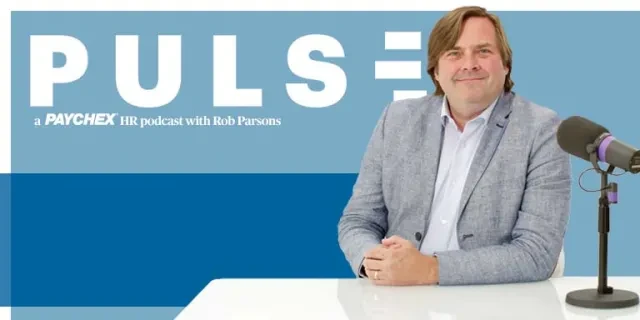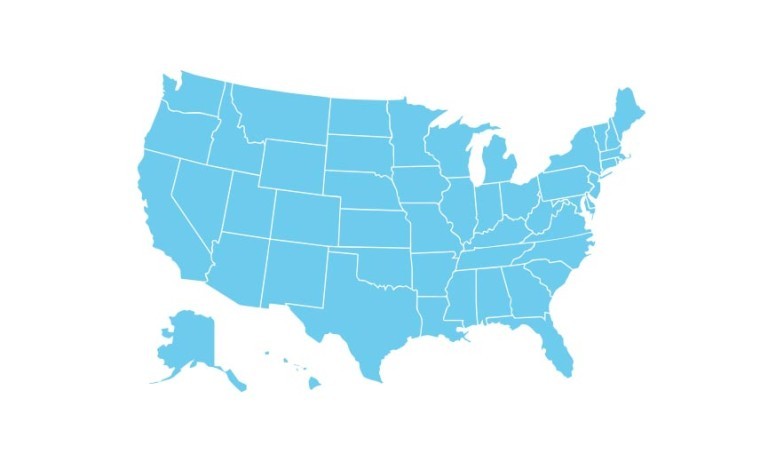Business Resources to Help You and Your Employees

Top Regulatory Issues Facing Businesses in 2026
Our Compliance experts will share insights on changes businesses can expect in 2026 regarding laws impacting employment, taxes, AI, retirement, as well as effects of the government shutdown. With planning, you can develop strategies to position your business for success.
Pre-Emption of State AI Laws
The president signed an executive order requiring his administration to create infrastructure designed to allow the federal government to review state laws on AI, pursue litigation if such laws don't align with the federal policy, and cut funding. This could impact state AI laws regarding protections around safety. Our top regulatory issues article addresses this and other potential challenges in 2026.
All Resources
Business Podcasts
Paychex Thrive, a Business Podcast
Navigate the dynamics of today's business climate.

Paychex Pulse, an HR Podcast
The issues facing today's human resource leaders and managers.










